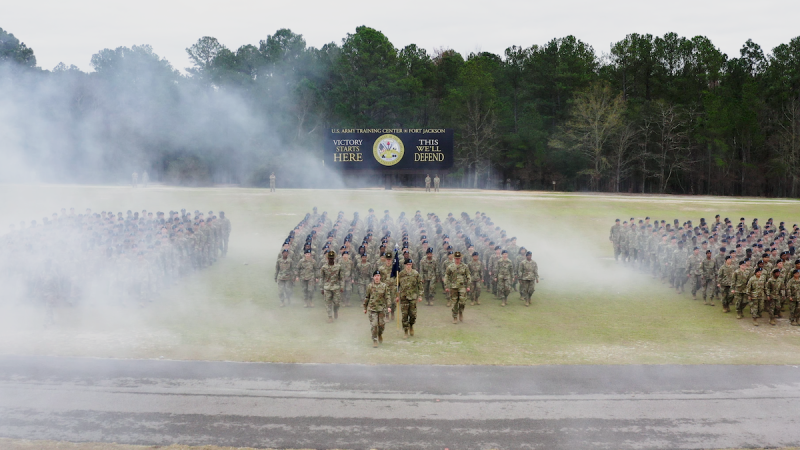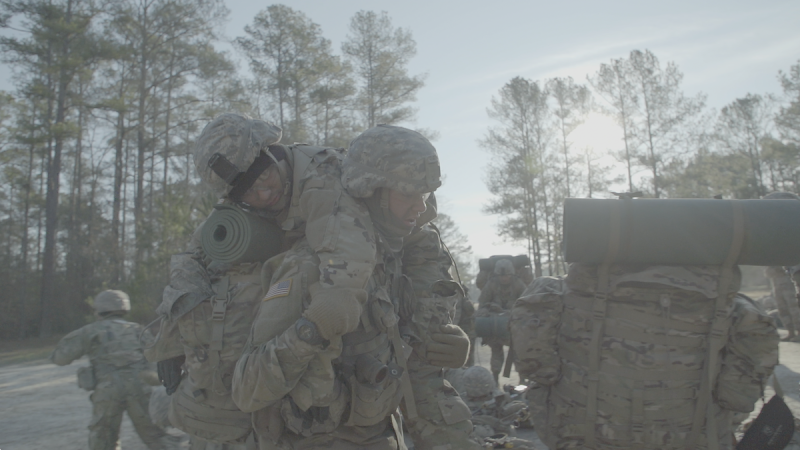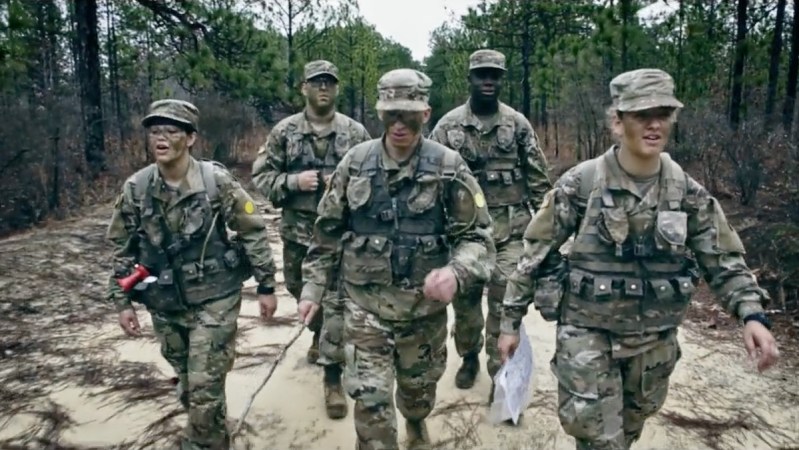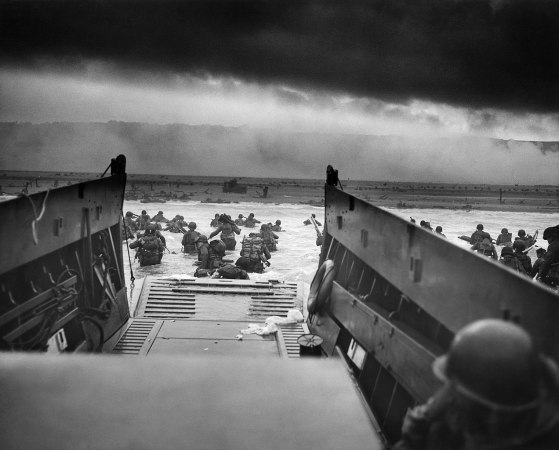It’s that time of year again. The trees are bare, the lights are up, and the weather is getting frightful. When the temperature drops, the risk of cold weather injuries rises. Whether you’re outside working, exercising or enjoying winter activities, monitoring body heat is a primary concern in frigid temperatures. The U.S. Army’s Combat Readiness Center shared some interesting facts about cold weather injuries and how to avoid them this winter.
According to Col. (Ret.) Joseph McKeon, M.D., the most at-risk service members are among the youngest and healthiest. “So what does the typical cold injury patient look like? He is young, from a warm climate, has less than 18 months in the service and doesn’t yet know how important it is to take care of his feet,” McKeon said in USACRC’s Risk Management Magazine. “Just so you know, I’m not using your usual sexist male pronoun in that profile; the typical cold injury victim is male, usually about 20 years old and, because he is from a warm climate, hasn’t learned you don’t walk to your mailbox in February with no shoes on.” This is why the Army has NCOs: to teach the new troops not to walk barefoot in the snow.

Cold weather injuries are a serious threat, especially on the frontlines. “During World War II and Korea, the number of Soldiers incapacitated due to cold weather injuries was staggering,” McKeon said. “Lt. Col. (Dr.) Kenneth Orr reported in 1954 that the number of hospitalization days due to cold injuries in those two conflicts was more than 3 million! Imagine our entire Army being hospitalized for more than a week.” The most common cold weather injuries involve the extremities, especially feet.

Maj. Brian Shiowaza, M.D., is the Occupational and Environmental Medicine Command surgeon at the U.S. Joint Munitions Command on Rock Island Arsenal, Illinois. In Risk Management Magazine, Shiozawa explained the science behind these injuries. “Cold temperatures increase the risk of exposure with prolonged exposure to both time and moisture. Our bodies physiologically respond to cold by preserving core body temperature through mechanisms that reduce heat loss,” he said. “Immersion [trench] foot can emerge after prolonged exposure to wet, cold conditions. The long-term complications of immersion foot are similar to and as debilitating as those produced by frostbite.” In short, stay dry.

Beyond that, Shiozawa stresses that staying hydrated is just as important in the cold as it is in the heat. Dehydration, along with inadequate caloric intake, alcohol consumption, and smoking can all exacerbate cold weather injuries. So, what’s the solution? Shiozawa has the answers. “Ensure you have proper clothing and gear (hats, gloves, and boots), as well as a plan in the event of severe conditions or injury. Individuals who engage in outdoor recreation should be cautious to stay warm and dry by monitoring exertion levels, temperature and wind conditions, and water exposure risk,” he said. “And stay dry next to your skin – what many people may fail to remember is how accumulated sweat in undergarments (underwear, boxer shorts, brassieres, etc.,) from exercise can contribute to cold weather injury, despite outer clothing being dry.”

The bottom line is don’t underestimate the risk of cold weather and exposure. Take the proper precautions and enjoy the season’s winter activities in a safe manner. Here are some of the most common cold weather injuries that require immediate medical attention and their symptoms to watch out for:
- Hypothermia: Shivering, an altered sense of consciousness and uncoordinated movements. Hypothermia can be fatal if treatment is not given immediately.
- Frostbite: Loss of feeling or a tingling sensation in the affected area along with white, gray, red, yellow or waxy-looking skin. The frozen tissue will feel solid to the touch.
- Trench [immersion] foot: Numbness in the feet accompanied by burning sensations and shooting pain. Severely affected tissue will appear pale and slightly blue. Trench foot can lead to gangrene.
- Chilblain: Reddened, slightly swollen skin accompanied by a prickly or burning sensation. Left untreated, chilblain can lead to more severe cold injuries.










